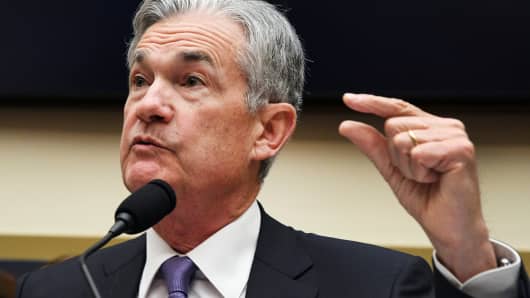Wall Street's bond trading last week ended up on an interesting note: In spite of accelerating consumer and producer prices, fixed-income markets showed a yield curve with declining inflation expectations.
Bond yields — long-term interest rates — consist of real interest rates plus an inflation premium that investors demand for holding fixed-income assets of longer maturities. That inflation premium reflects buyers' expectations of price stability as they look for inflation-adjusted investment returns.
On the face of it, therefore, the current yield curve means that the bond markets are trusting the U.S. Federal Reserve's monetary policy to keep inflation under control for the foreseeable future. A less flattering view could also be that investors are expecting the Fed's acquiescence in the economy's lackluster growth scenario — a thought sharply at odds with U.S. President Donald Trump's expectation of soaring demand and output at annual rates of 5 percent in the months ahead.
Looking at the Fed, there are a few things to think about.
First, the real and effective federal funds rate of 1.9 percent is negative when corrected for the core consumer price inflation of 2.4 percent, or zero if deflated by the core private consumption expenditure gauge of 1.9 percent.



